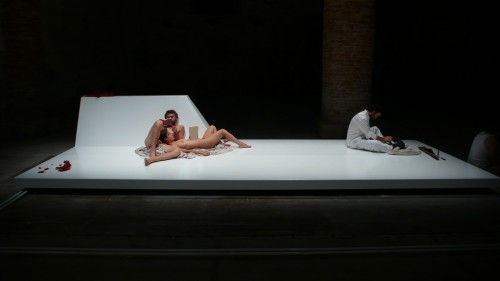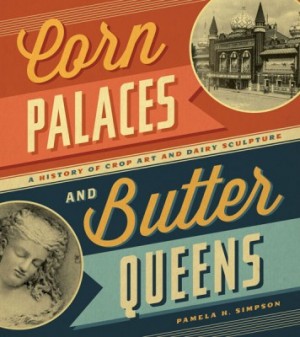Introduction / Issue 18 / Making Sense of Visual Culture
Alicia Inez Guzmán and Alexander Brier Marr As the first generation of PhDs trained in visual culture programs settles into tenured positions and important curatorships, our field continues to grow in ways that its founders hardly anticipated. An expanding institutional network encourages a rethinking of vision and visuality, two key terms in visual studies. In The Right to Look, Nicholas Mirzoeff reconfigures visuality.1 Typically considered as a perceptual field, Mirzoeff describes visuality as the historically variable self-envisioning of authority. Taking a global and historical view, Mirzeoff identifies a series of countervisualities. As this issue of InVisible Culture demonstrates, the role of vision is changing, too. There are a number of elements affecting these movements, including the influence of materialist thinking, ebbing critiques of “hyper-reality,” and a burgeoning interest in relations between media (as opposed to the modernist emphasis on media specificity). Twenty-five years into our interdisciplinary venture, we can reconsider an early, important idea in visual studies: that vision is the primary way people make sense of the world. For better or worse, we can no longer …





